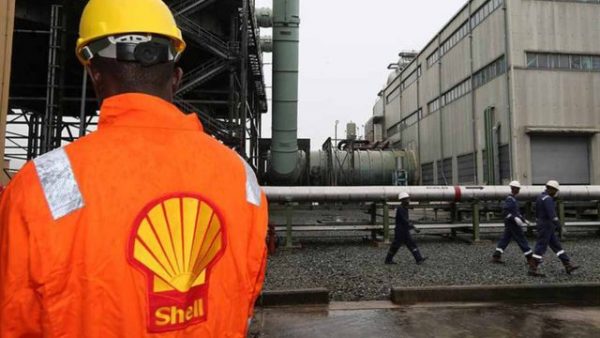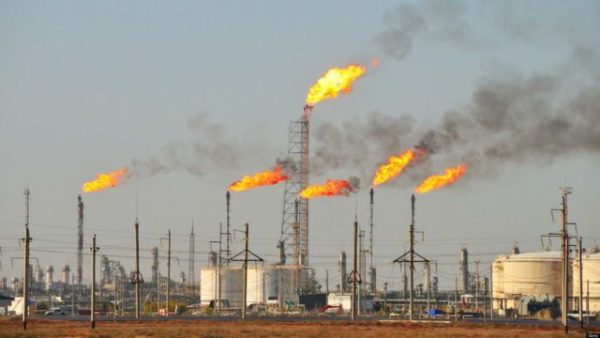Global Interest For Nigerian Crude Oil Grades Increases

There is increasing thirst for both lighter and heavier Nigerian barrels in global markets as the country’s grades remain popular, while the export programme for December is already down to its last cargoes.
Improved demand has been supported by robust gasoline cracks and price increases in competing grades.
This is even as Nigeria restates its committment to the implementation of its quota as agreed with OPEC. According to the country’s minister for state of petroleum, Nigeria’s compliance has improved since August.
Production of crude stood close to 1.8 million b/d in October, much lower than the 1.96 million b/d produced in June, when production from the new Egina field ramped up. Africa’s largest oil producer has been arguing that Egina barrels should be excluded since condensate is not subject to OPEC limits.
Demand for West Africa’s few heavy sour grades is quite strong as shipping hubs get prepared for 2020. Prices for Bonga and Egina reached record highs as refiners target grades producing more low-sulphur fuels.
Meanwhile, China has been importing more crude oil from West Africa, but primarily Angola, with flows having reached 1.48 million b/d according to IHS Markit Commodities at Sea.
In total, Asia has been importing around 2.4 million b/d of West African crude oil so far in 2019. India and the rest of Asia have been absorbing more during the last couple of months, while flows to North West Europe remain strong.
In parallel to the production cuts and the decreasing flows from Saudi Arabia to the rest of Asia (excluding China), the continent had to rely more on alternative suppliers, with West Africa having partially filled the gap after Venezuela’s collapse.
Asia’s appetite for West African grades has also been supported by oil prices, with Middle Eastern oil having become relatively more expensive compared to other grades.






